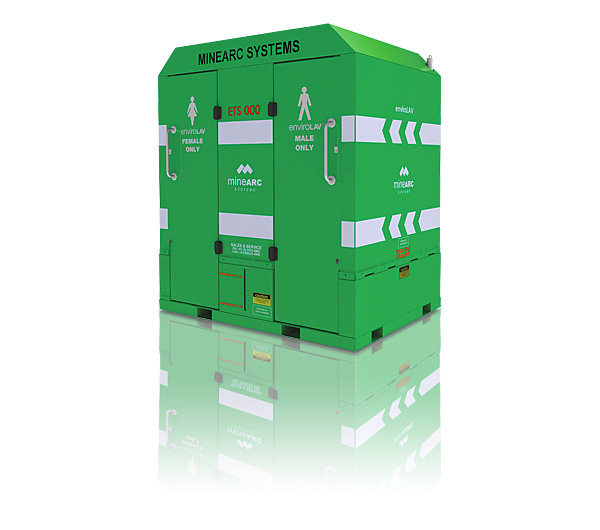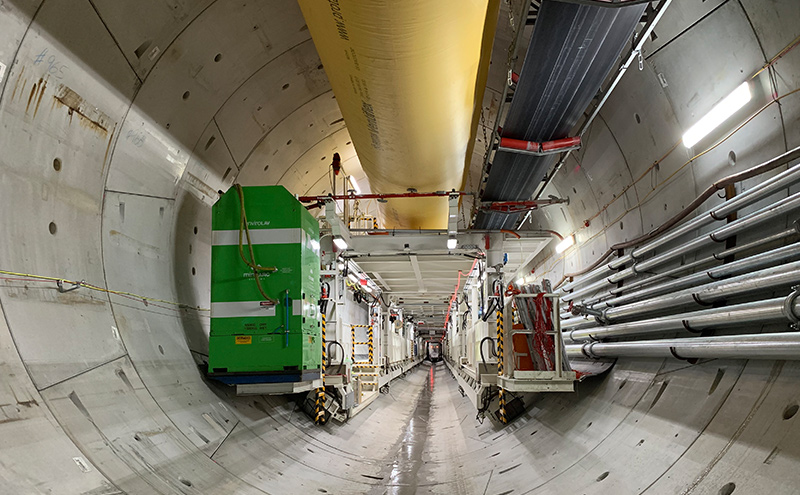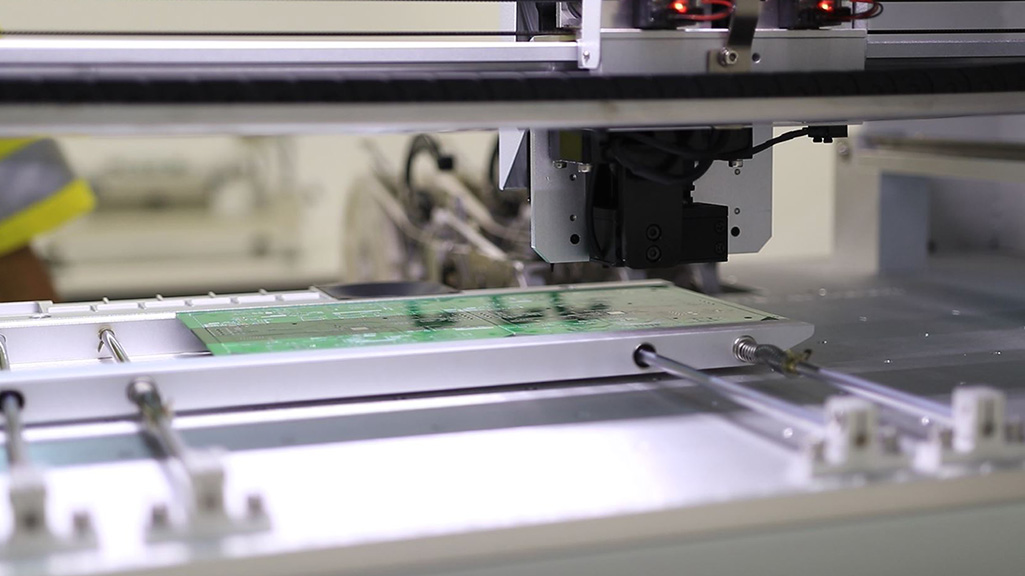Sanitation and hygiene are critical to maintaining a healthy workplace. However, underground environments present additional challenges that need to be factored into the final purchase decision. This list identifies key points to consider when purchasing an industrial toilet for tunnelling and underground construction projects.
- Size of the project
- Location of personnel
- Physical structure
- Access to utilities
- Life of the project
- Frequency of use
- Cleaning and emptying
- Service and maintenance
- Gender requirements
- Cultural requirements
- Budget
- Environmental factors
How to Choose the Best Toilet for Tunnelling and Underground Construction
Checking Your On Site Requirements
Size of project: The bigger the tunnelling project or Tunnel Boring Machine (TBM), the more toilets. This is a more general view but can help lay the groundwork.
Location of Personnel: The size of the project can give an overall view of numbers, but not all locations may be active. Because underground toilets are portable, they can be moved with the progression of the tunnel or remain on the TBM. Toilets in inactive areas where there is no staff can be relocated for re-use.
Physical Structure: The design of the TBM can restrict available options, especially height and footprint requirements. Some industrial toilets can be customised and are modular with their design, whereas others are fixed.
Ease of access must also be considered. Toilets may be transported into location and removed for waste disposal; barriers at the entry and exit can impact the design.
Access to Utilities: Will the toilet be able to connect to existing utilities, or does it need to be self-contained? For example, power, water and compressed air may not be readily available; where the toilets will be located will determine what utilities are accessible.
Life of the Project: The life-cycle of a tunnelling project may impact choice. A project with a shorter life cycle may opt to hire toilets rather than purchase. Can either be purchased or hired. A site with a shorter life cycle may opt to hire toilets rather than purchase as it is most cost-effective.
Understanding the Maintenance Requirements of the Tunnelling Toilet
Knowing the number of people per shift, and people underground per shift, will help determine the frequency of use, and therefore the frequency of cleaning.
Frequency of Use: How often a toilet is going to be used will impact the suitability of the available options. More frequently used toilets will require emptying more often, which will add additional costs to the purchase, whether emptying is provided in-house or through an external contractor.
Cleaning & Emptying: Defining who is responsible for the toilets once in place. Cleaning consists of removal of waste (pump-out), thorough cleaning of the unit inside, as well as replenishment of all freshwater, paper and chemicals.
Companies can opt to use outside contractors to manage the ongoing clean-up and emptying of each toilet; this option may come with the purchase. Alternatively, this can be led by the company itself.
Service & Maintenance: Underground toilets require upkeep and ongoing servicing to ensure they are in optimal working condition. Performing regular checks on the internal mechanisms will add to the life of the toilet, but there are costs and labour requirements to do this. As with cleaning and emptying, this is completed by an external contractor or internally managed.
Checking Design Aspects of the Tunnelling Toilet
Gender Requirements: Accommodating the needs of both sexes underground is essential. Tunnelling projects must consider how they can satisfy these requirements through the supply of single-sex, unisex or dual capacity toilets as well as additional sanitary options.
Gender may also have an impact on the frequency of use during each shift.

Cultural Requirements: With more diverse workforces and international operations, it is important to consider cultural factors when sourcing the right facilities. Eastern and Western counterparts can have slight variations in toilet design. Depending on the location of the project, cultural needs may need to be addressed.
Additional Considerations
Budget: Cost is the main area of focus; available expenditure can broaden or reduce the available options. Factors such as budget allocation (i.e. if the purchase is an operating expense or a capital expense) impact the total funds available and processes that need to be met.
Reviewing costs beyond the initial out-of-pocket expenses is essential. Labour, emptying, consumables, maintenance and servicing are all additional costs that can add up over the toilets lifetime.
Environmental Factors: Not all toilets comply with environmental standards. Depending on company policies, a site may consider sourcing a portable underground toilet that is sustainable and uses biodegradable products.






